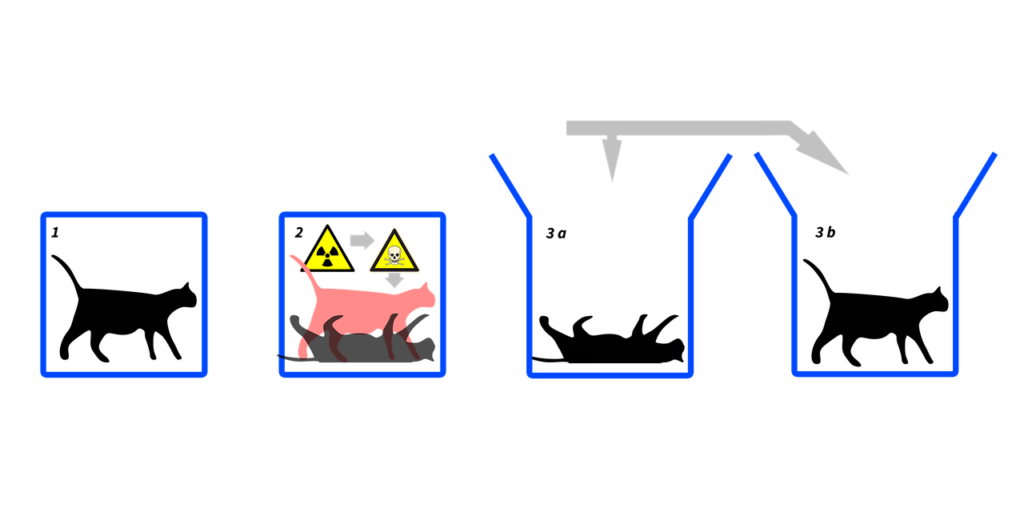Table of Contents
ToggleWhat is Quantum Mechanics for Dummies?
Quantum Mechanics is one of the most mind-boggling, awe-inspiring, and revolutionary theories in the realm of physics. While it may seem like the exclusive domain of physicists and rocket scientists, don’t be intimidated! In this article, we’ll embark on a journey to demystify the fundamental principles of Quantum Mechanics and make them accessible to everyone, even ”dummies” who don’t have a Ph.D. in physics.

The Quantum World: Tiny but Mighty
To grasp Quantum Mechanics, we must first understand that it governs the behavior of particles at the tiniest scales. We’re talking about the realm of atoms and subatomic particles like electrons and photons. In this miniature universe, classical physics rules no longer apply. Instead, particles exhibit dual behaviors as both particles and waves, a concept known as wave-particle duality.
Superposition: Schrödinger’s Cat
One of the quirkiest aspects of Quantum Mechanics is superposition. Imagine a cat in a box, simultaneously alive and dead until you open it. This illustrates the concept that particles can exist in multiple states at once until observed. It’s as if the universe enjoys playing peek-a-boo with its particles.

Quantum Entanglement: Spooky Action at a Distance
Einstein famously called it “spooky action at a distance.” Quantum entanglement occurs when two particles become linked in such a way that the state of one instantaneously influences the other, no matter how far apart they are. This baffling phenomenon challenges our understanding of cause and effect.
Heisenberg’s Uncertainty Principle: The Limits of Precision
Werner Heisenberg proposed that there are fundamental limits to how precisely we can know certain pairs of properties of a particle, such as its position and momentum. This inherent uncertainty isn’t due to measurement error but is a fundamental property of quantum systems.

–uncertainty in momentum
-uncertainty in position
Quantum Mechanics and Technology
Believe it or not, Quantum Mechanics isn’t just a source of bewilderment; it’s also the driving force behind many cutting-edge technologies. Quantum computing, quantum cryptography, and quantum teleportation are all emerging fields that could revolutionize our world.
Practical Applications: MRI and Lasers
Quantum Mechanics isn’t confined to the theoretical realm. It has practical applications too. Magnetic Resonance Imaging (MRI) relies on the principles of quantum physics to provide detailed images of our bodies. Lasers, used in everything from barcode scanners to surgeries, are another remarkable quantum invention.
Final Words
While Quantum Mechanics, or quantum physics may remain a mysterious and counterintuitive realm, it need not be an enigma. With a basic understanding of its fundamental principles, we can begin to appreciate the profound impact it has on our understanding of the universe and the technologies that shape our lives. So, whether you’re a “dummy” or a budding physicist, Quantum Mechanics offers a captivating journey into the bizarre, beautiful, and bewildering world of the very, very small.

















